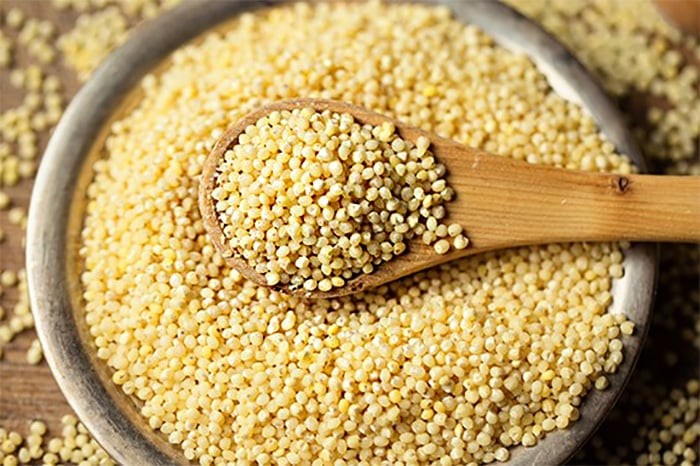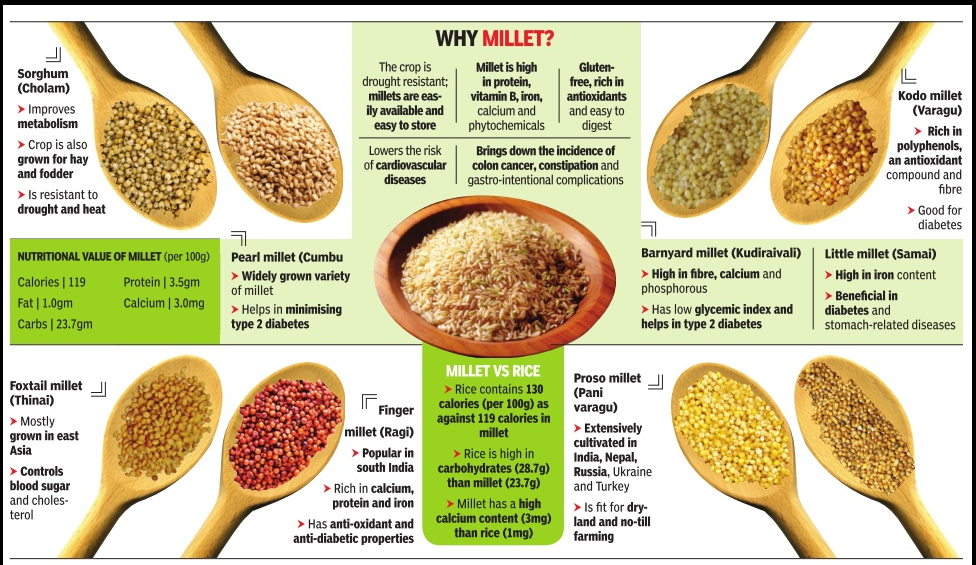Free Courses Sale ends Soon, Get It Now


Free Courses Sale ends Soon, Get It Now



Disclaimer: No Copyright infringement intended.
Context
About Millets

A multi-pronged strategy of the Government
Final Thoughts
© 2024 iasgyan. All right reserved